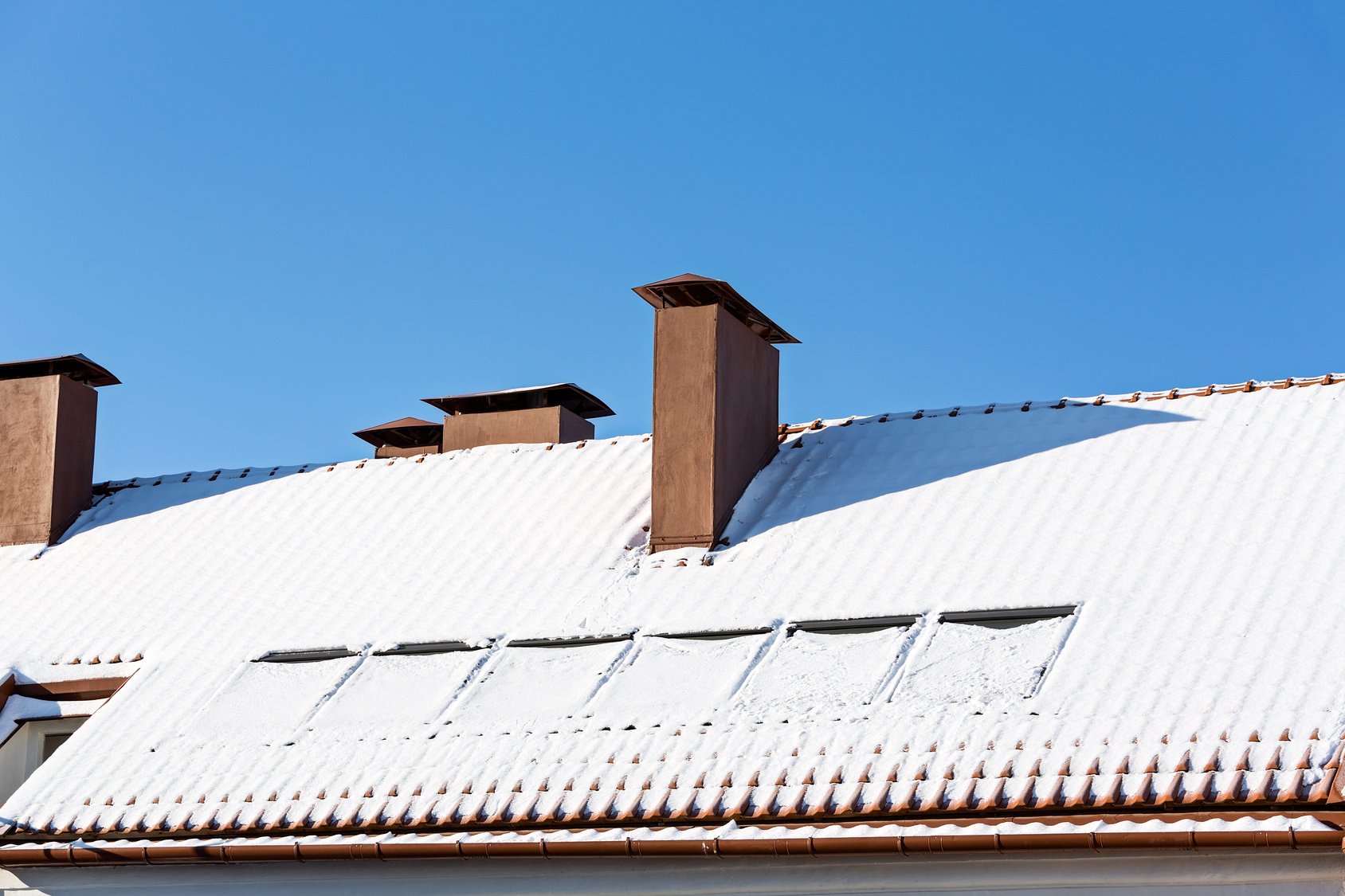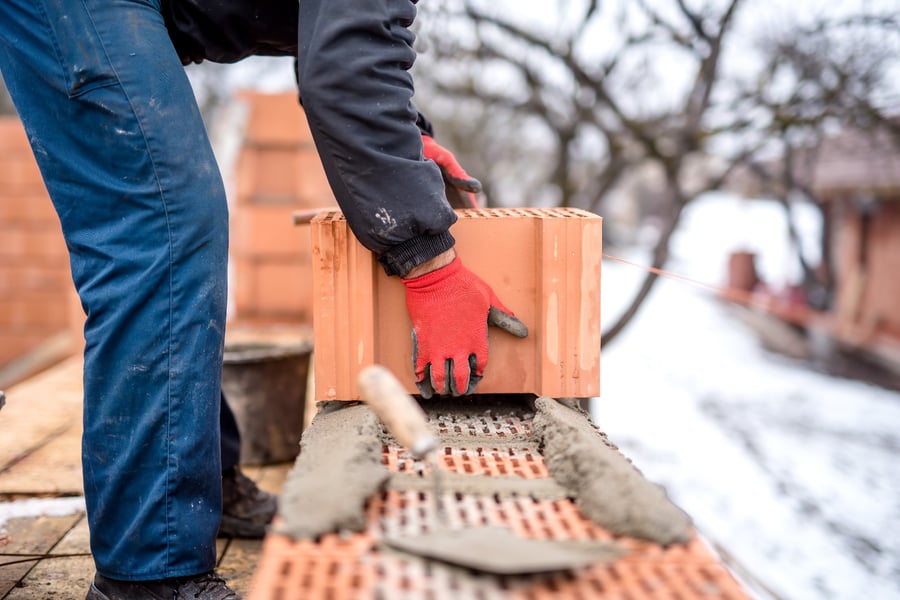Moisture Meters and Winter Water Damage Restoration

Winter in the U.S. is a time for getting together with family, bundling up by an open fire (or radiator, as the case may be) and sharing some holiday cheer. Unfortunately, winter is also a time severe water damage might occur.
While famous old tunes might sing about waltzing in a “Winter Wonderland,” the season’s low temperatures and snowfall bring with them the potential for severe water damage to buildings.
Common winter water damage sources include:
- Broken Pipes: As water freezes, it expands. This expanding water, when trapped inside a plumbing pipe, can cause intense pressure, bursting the pipe and creating a new source of moisture intrusion.
- Rooftop Ruptures: Snow piled high on a building’s roof can be pretty to look at, but it’s also a major risk for moisture intrusion into a building. While individual snowflakes are very light, the piles of snow that accumulate on rooftops can weigh hundreds of pounds depending on their density and height. This can damage the roof, and create a path for melting snow to leak into the house.
- Foundation Leaks: The intense cold of winter can cause some building materials to contract, forming cracks and other flaws that can become a way in for moisture from melting snow. It is not uncommon for building foundations to become moisture-compromised during the winter.
- Wet Insulation: When outer walls crack or rooftops begin allowing moisture to seep into a structure, the insulation that normally helps regulate the temperature of a structure can become a major problem. Wet insulation can be a breeding ground for mold such as black mold, which can be a threat to the health of a building’s occupants.
When winter water damage happens, the owners of water-compromised structures rely on moisture damage restoration specialists to fix their problems. Restoration specialists, on the other hand, rely on fast, accurate moisture meters for restoration work.
Why Restoration Specialists Need Moisture Meters
One of the major issues with wintertime water damage is that it can take a long time for a moisture intrusion to become evident to the occupants of a building.
For example, employees in an office building might get the week off for the Christmas holiday. If there’s water damage in the building, it may be an entire week before there are employees in the building to notice it.
Once moisture damage is spotted, however, the owners of these buildings often need the issue to be resolved quickly and with the minimum amount of disruption possible. This is where moisture meters for restoration come into the picture.
Restoration experts have to be able to isolate the source of a moisture intrusion quickly and identify moisture-compromised materials accurately. Using moisture meters helps restoration contractors to correctly assess whether or not building materials are moisture-compromised, and narrow down the source of an intrusion.
When dry-out operations are complete, a check with a moisture meter can help verify that all moisture-compromised materials have been removed and that there is no more water leaking into the structure.
Using Moisture Meters for Winter Water Damage Remediation
So, how can moisture meters be used to check for moisture intrusion caused by winter water damage?
Here are a few ways:
- Checking Insulation. Water-damaged insulation can be one of the trickiest things to spot using just the naked human eye. Using moisture meters with specialized probes, restoration specialists can get a direct reading of the moisture content of insulation straight through the wall. Flat probes such as Delmhorst’s 19-E/STC probe can be slipped under the trim of the walls, while Delmhorst’s 21-E probes can penetrate up to 3¼” deep into walls or insulation material.
- Checking Rooftops/Attics. Using a pinless moisture meter to quickly scan support beams in an attic space or along the underside of the roof can prove whether or not moisture has built up in these materials. For more detailed moisture distribution information, a pin-type meter can be used on beams that have been identified as being compromised, helping to pinpoint the origin of the moisture intrusion.
- Checking Flooring/Foundations. Moisture intrusion under flooring can be especially difficult to spot, unless it’s bad enough to cause the flooring to buckle or warp. Using flooring moisture meters can help restoration specialists quickly identify if there is excess moisture in flooring and where it is originating from.
- Finding Burst Pipes. In many cases, the water damage caused by a burst pipe can be easy to spot. A burst pipe often leaves a whole section of a wall, floor, or ceiling damp and discolored. However, the actual origin point of the leak can be deceptively far away from the visible water stain(s). Using a moisture meter allows restoration specialists to track the moisture in building materials that might still be naked to the unaided eye and pinpoint the location of a burst pipe in the wall, floor, or ceiling. This can be useful for minimizing damage caused by tear-out operations.
These are just a few of the ways that restoration specialists can use moisture meters to help their dry-out operations.
As winter sets in, more and more restoration specialists will need their best tools to tackle the challenges of winter water damage. Moisture meters for restoration are an indispensable tool for any such specialist.
Subscribe to Our Blog
Post Related



